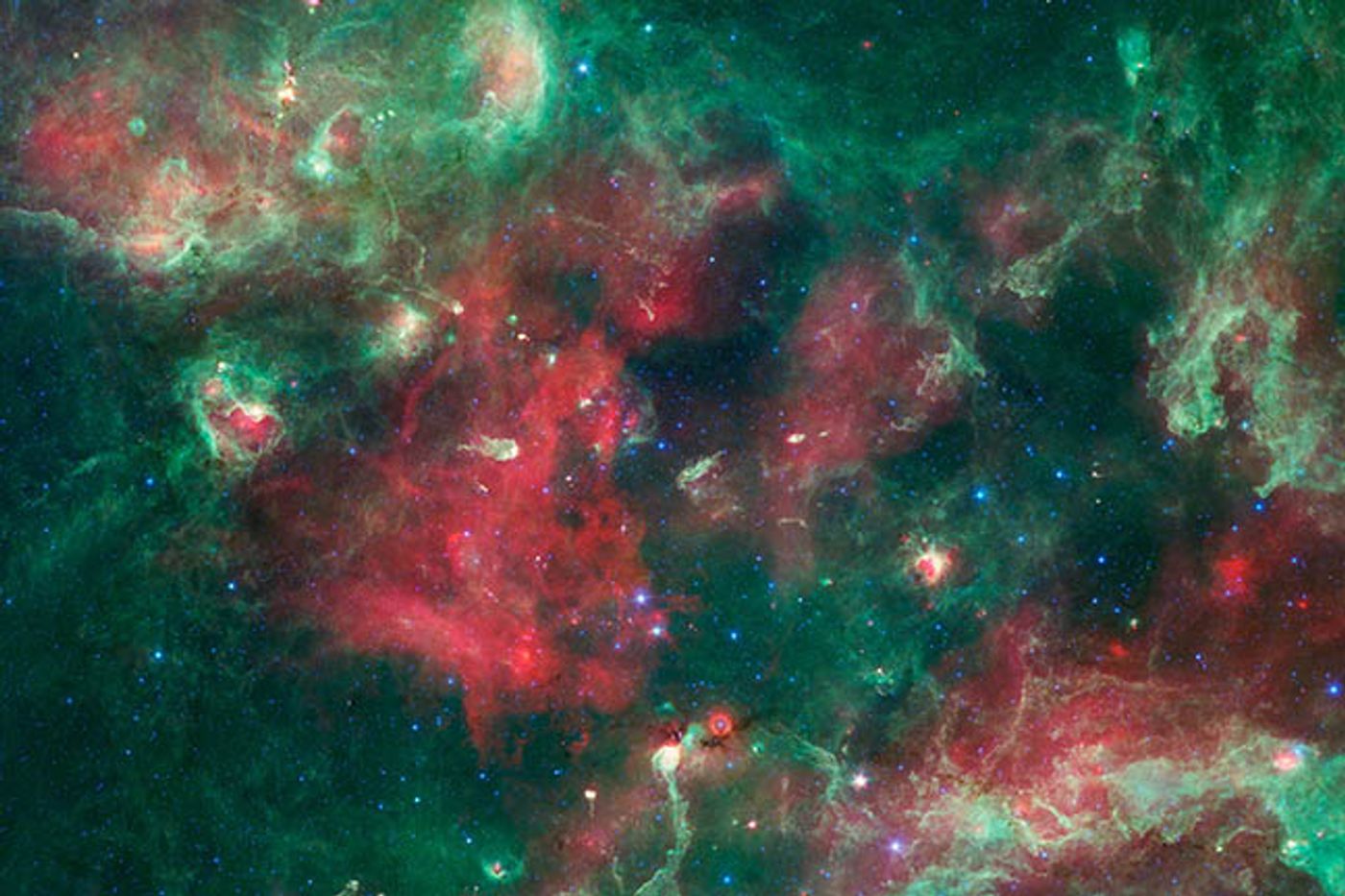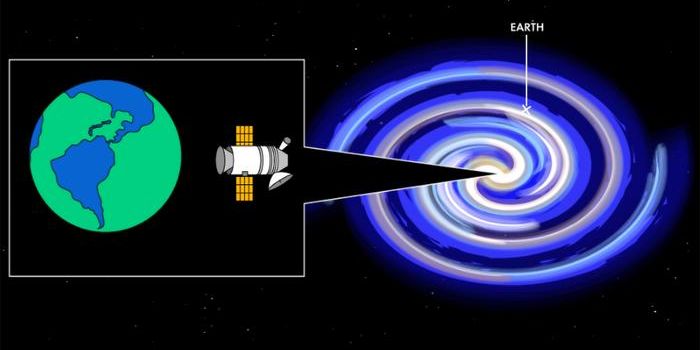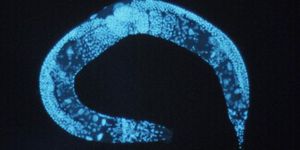The Solar System May Have Been Started by a Supernova Explosion
One of the questions astronomers constantly ask is, “where did the solar system come from?”
Image Credit: NASA/JPL-Caltech/Harvard-Smithsonian CfA
While we know that all the Sun and the lineup of planets would have been accumulated over time from a dense cloud of gas where gravity allowed all of it to clump together, we weren’t entirely sure if there were any catalysts that helped speed this process up, until now.
Fortunately, a new lead on this hunch comes from a study performed by researchers from the Minnesota School of Physics and Astronomy. Led by professor Yong-Zhong Qian, the researchers concluded in Nature Communications that a low-mass supernova explosion might have helped in the formation of the solar system we know today.
According to the study, the dust cloud that would one day form everything our solar system is today remained completely undisturbed some 4.6 billion years ago, and it wasn’t until a supernova exploded that the ensuing gravitational forces would create chaos in the midst of all that dust the solar system formation would begin.
To get to the bottom of things, the researchers studied meteorites, which are considered leftover material from the early solar system’s formation. They checked these meteorites for any radioactive material that might have been left over from a possible supernova explosion.
They looked specifically for traces of Beryllium-10, a radioactive material that may have been produced by the explosion. After having figured out that Beryllium-10 could be created by both high and low-mass supernovae, they were sure they were on to something.
"The findings in this paper have opened up a whole new direction in our research," lead researcher Yong-Zhong Qian said.
"In addition to explaining the abundance of Beryllium-10, this low-mass supernova model would also explain the short-lived nuclei Calcium-41, Palladium-107, and a few others found in meteorites. What it cannot explain must then be attributed to other sources that require detailed study."
The researchers intend to start looking into other radioactive materials that also may have been a byproduct of the potential supernova explosion, and if things add up just right, it may have been a supernova that helped jump-start the solar system we know today in the first place.
Until the day that research is performed, however, this theory is nothing more than a large lead. It should be interesting to see what comes of it when astronomers and scientists around the world collaborate on this project.
Source: University of Minnesota









